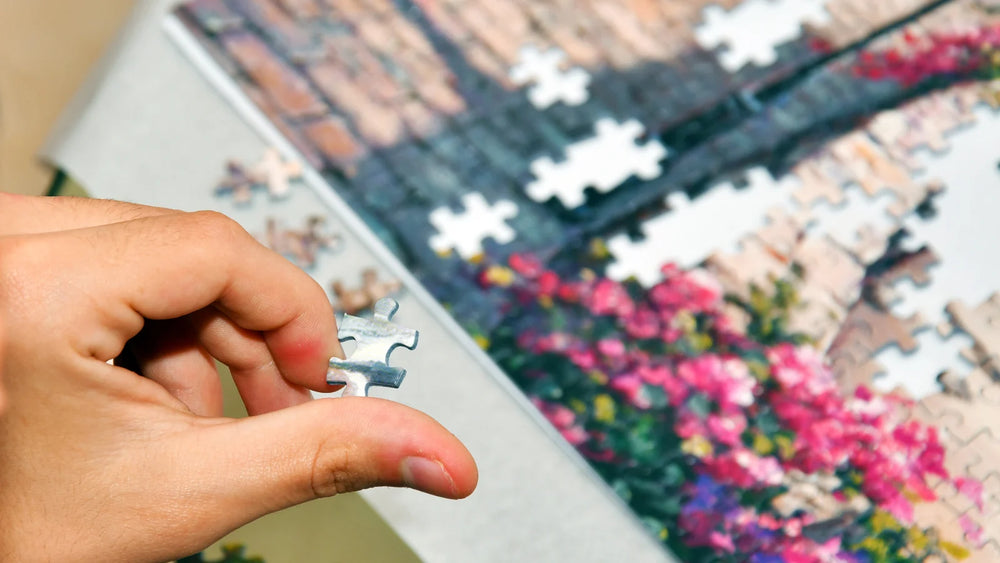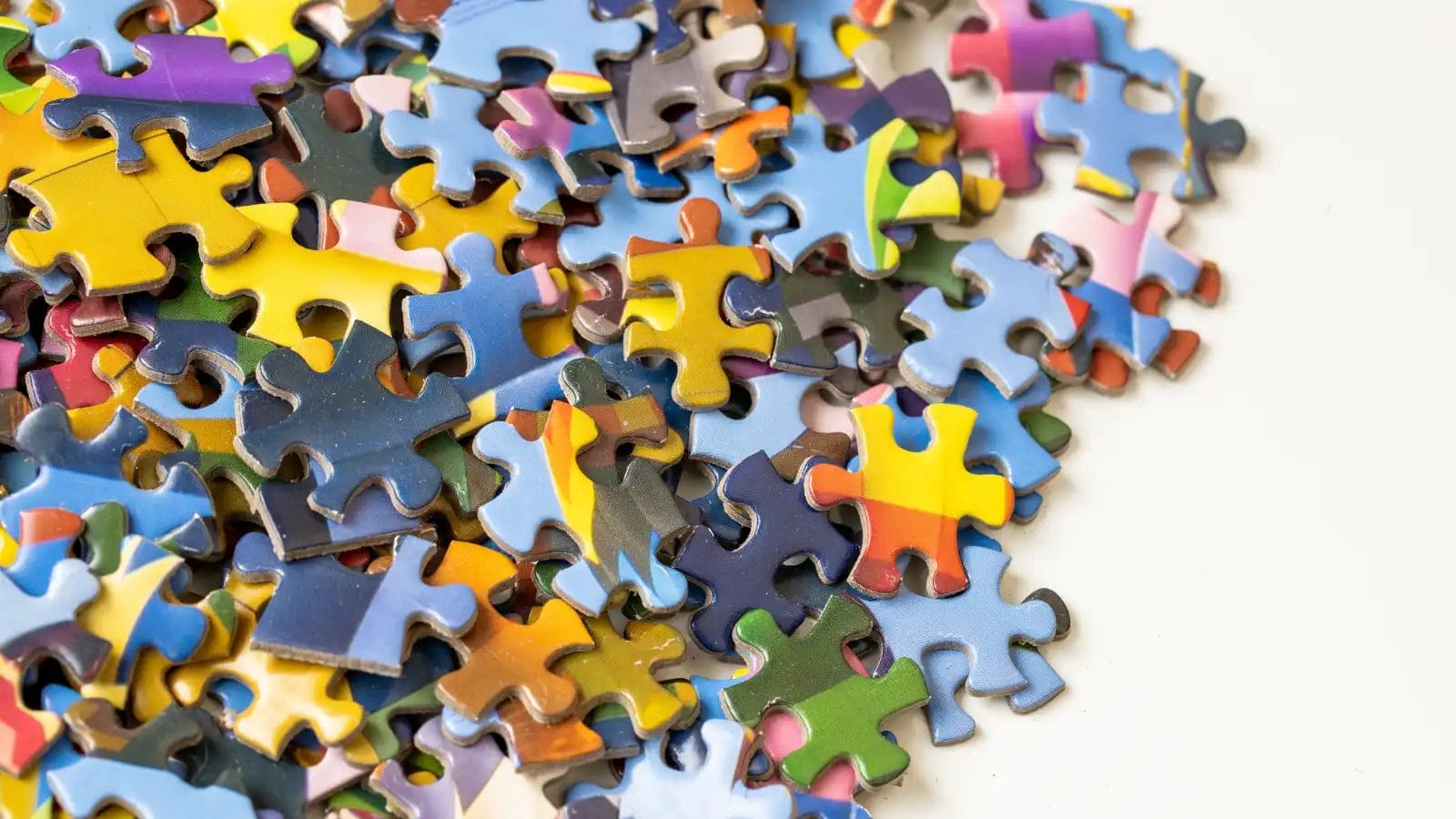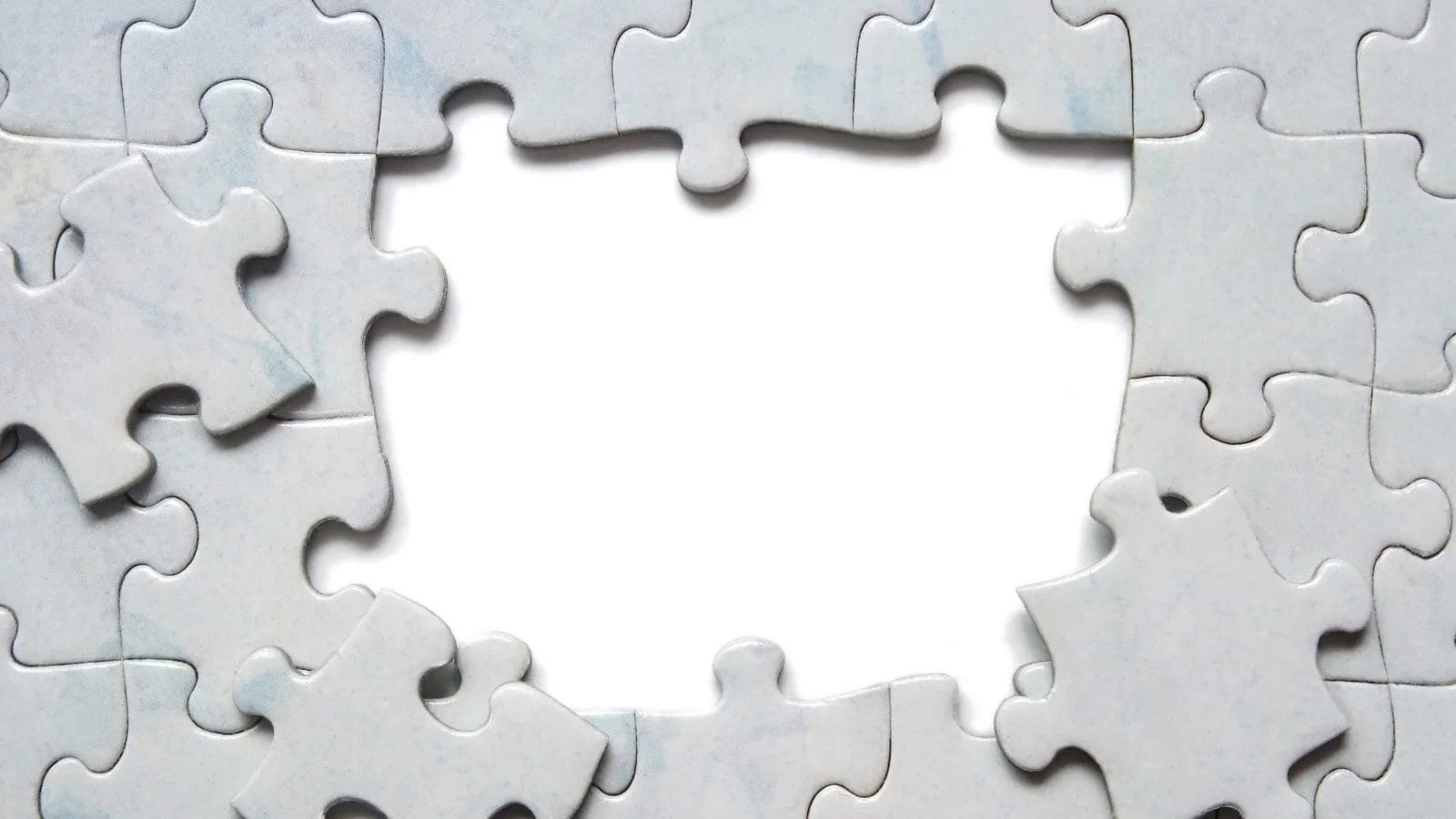
What was the history of jigsaw puzzles? Jigsaw puzzles were initially called "dissected maps" in the 18th century. John Spilsbury, a map maker from London, created the first puzzle around 1760. He aimed to teach children geography by cutting maps into pieces for them to reassemble.
This innovative idea was popular among wealthy families, including the children of King George III and Queen Charlotte. These educational puzzles marked the beginning of an exciting puzzle journey.
Key Takeaways
- Jigsaw puzzles, first known as "dissected maps," were created by John Spilsbury in the 18th century to teach geography to children.
- These early puzzles aimed to engage children in learning geography and help them understand different countries and places.
- By the late 1800s, the term "jigsaw puzzles" emerged, named after the jigsaw tool used to create intricate puzzle pieces.
- Jigsaw puzzles gained popularity among adults in the 19th century, becoming a fun family activity and a source of entertainment.
- Today, jigsaw puzzles are available in digital formats, allowing for convenient gameplay on various devices without the risk of losing pieces.
What Were Jigsaw Puzzles Originally Called?
John Spilsbury's Contribution
Ever wonder what the first jigsaw puzzles were named? The answer is in John Spilsbury's creative work. He was a skilled map maker from London. In the 1760s, he started something new that changed learning geography. He glued a world map on wood and carefully cut out each country. These were called "dissected maps" and helped teach geography.
Spilsbury's puzzles became popular with rich people, even royals. They made learning fun and sparked interest in the world through engaging activities for puzzlers. By putting these maps together, you could learn about different places, making geography exciting.
Educational Intent of Dissected Maps
The goal of dissected maps was clear. In the 18th century, England wanted to know more about the world. Jill Shefrin, a historian, says these puzzles fit with England's plans then. They taught about other lands and made students proud of their country.
As you put these puzzles together, you also learned geography and thinking skills. Solving them required patience and problem-solving, making them great for learning. Over time, dissected maps included topics like nursery rhymes and animals.
The Change in Name

From Dissected Maps to Jigsaw Puzzles
The name "dissected maps" changed over time. By the late 1800s, people called them "jigsaw puzzles." This was because a saw was used to cut pieces, and the jigsaw tool made puzzle shapes more detailed.
The new name also showed how popular puzzles became. In the 19th century, adults also liked jigsaw puzzles. They became a fun activity at home, and rich families enjoyed wooden puzzles with tricky designs.
Mistakes About the Jigsaw Tool
You might think the jigsaw tool was always used for puzzles. But that's not true. At first, fretsaws cut the pieces instead. The word "jigsaw" came later with new tools. This tool made cutting more complex and fun.
In the 1930s, jigsaw puzzles became very popular again. They were cheap and could be used many times during tough times like the Great Depression. New ways of cutting made them faster to make, too, which helped keep the name "jigsaw puzzles."
Historical Growth and Popularity
Changes in the 1800s
Jigsaw puzzles changed a lot in the 1800s. Over time, they became more complex. Adults found them fun and challenging, and people liked solving tricky designs.
Factories helped this change happen. They made lots of puzzles quickly, which meant more people could buy them. Puzzles were also made from plywood, cardboard, and metal, which allowed for colorful designs.
Jigsaw Puzzles as Fun Activities
Jigsaw puzzles became a fun activity in the 1800s. They were more than just learning tools. Families enjoyed putting puzzles together for fun.
Doing puzzles with others was popular. People gathered to see who could finish first, and it was a great way to spend time together and relax.
Puzzles also helped your brain work better. Solving them needed patience and thinking skills. This made them a favorite hobby for everyone.
Impact of Technological Advancements

Introduction of Cardboard and Die-Cutting
Ever wonder how puzzles got cheaper? Cardboard and die-cutting helped. In the late 1800s, makers used cardboard instead of wood. This made puzzles less expensive to make and buy. Now, everyone could enjoy puzzles without spending much money.
Die-cutting was important, too. It allowed for perfect puzzle pieces that fit well. This made puzzles look better, with sharper images and cool designs. Because of this change, puzzle time became more fun.
Puzzle makers saw puzzles as a great way to sell things. They gave away free puzzles with items like toothbrushes or flashlights, which got more people interested in doing puzzles at home.
Digital Jigsaw Puzzles in the Modern Era
Today, jigsaw puzzles are digital too! You can play them on computers, tablets, or phones. Digital puzzles have many benefits. You won't lose pieces, and there are lots of pictures to choose from.
Tech helps make digital puzzles even better with fancy designs and clear images. You can even use your own photos for a special touch.
Digital puzzles are easy to do anywhere—on breaks or at home relaxing. People still love solving them today!
Cultural Changes and Jigsaw Puzzles
Jigsaw Puzzles in Hard Times
When money is tight, like during the Great Depression, jigsaw puzzles become popular. Why? They're cheap and last long for fun. In the 1930s, many struggled with money. Puzzles were a low-cost way to escape problems. Families could use them again and again, saving cash.
Puzzles showed strength, too. They proved people could find happiness in simple things. Completing a puzzle gave a sense of success, which was important when times were tough. Puzzles helped people stay cheerful and hopeful.
Jigsaw Puzzles with Family and Friends
Jigsaw puzzles help people come together. Working on one with family or friends is a shared activity. It promotes teamwork and talking to each other. Everyone can join in, no matter their age or skills. This makes puzzles great for family get-togethers or parties.
In families, puzzles strengthen bonds. As you finish a puzzle together, you learn to work as a team and support each other. This builds unity and a sense of belonging. Puzzles also give chances for good talks about your day or stories.
In social groups, puzzles are fun ways to connect with others. They encourage friendly contests and teamwork. You can see who finds the next piece first or finishes faster, which creates an exciting atmosphere.
Overall, jigsaw puzzles uniquely bring people closer together. They offer simple but strong ways to connect with others during hard times or any day.
The Importance of Jigsaw Puzzles Now
Learning and Brain Benefits
Jigsaw puzzles are not just for fun. They help you learn and think better. Doing puzzles makes your brain work harder, improving memory and problem-solving skills. It also helps your brain stay sharp by creating new connections.
- Brain Growth: Solving puzzles helps you think in 3D and see things in space better, especially when you're young. These skills keep improving as you grow up, strengthening your mind.
- Learning Tools: Long ago, puzzles like "dissected maps" taught geography in a fun way. Now, puzzles teach many subjects, such as history and science, at school or at home.
- Healthy Brain: Doing puzzles can lower the chance of getting Alzheimer's disease. The Alzheimer Society of Canada says puzzles keep your brain busy, which might slow down memory loss for people with dementia.
- Relaxation: Working on puzzles can reduce stress and anxiety. Focusing on them calms you down, helping you relax.
Jigsaw Puzzles as Art and Collectibles
Jigsaw puzzles have become art pieces and collectibles that many people love to collect.
- Artistic Fun: Some puzzles feature famous art or cool designs, which become beautiful once finished. You can frame them to decorate your room.
- Collector's Items: Some rare or special edition puzzles become valuable collectibles that people want to own.
- Creative Fun: Making your own puzzle from photos lets you be creative and make something special.
In short, jigsaw puzzles today are great for learning, thinking better, and enjoying art. Whether for fun or collecting, they offer a rewarding experience for the mind and heart.
Conclusion
Jigsaw puzzles are fun and teach you a lot. They mix enjoyment with learning, making them popular for many people. Combining pieces forces your brain to work hard, improving memory and thinking skills.
Changes in culture and technology have changed puzzles, but their main idea stays the same. Today, jigsaw puzzles still help you relax and feel happy, showing they matter in our busy lives. Take on the challenge and enjoy finding new things with each puzzle you finish.